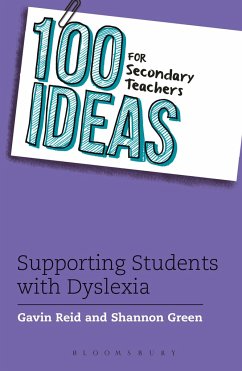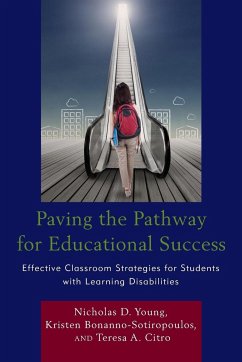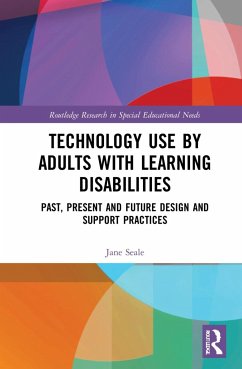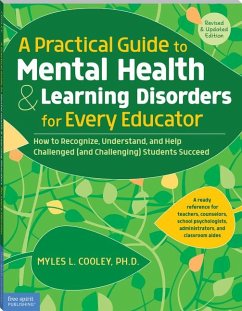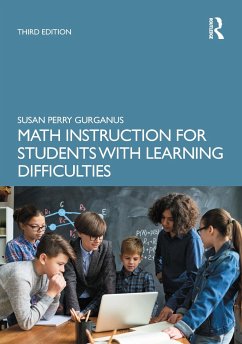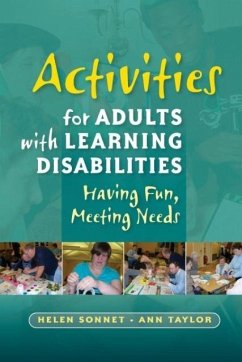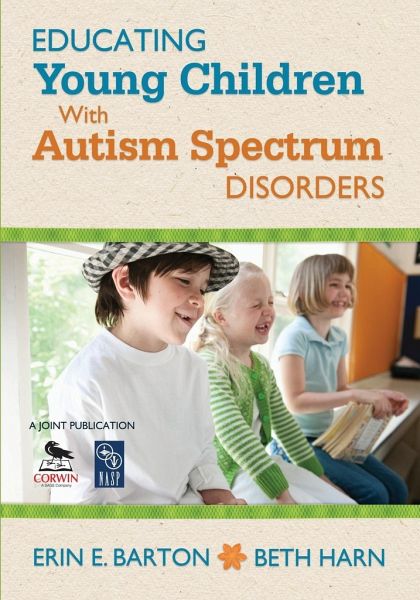
Educating Young Children With Autism Spectrum Disorders
Versandkostenfrei!
Versandfertig in 1-2 Wochen

PAYBACK Punkte
17 °P sammeln!




Drawing on current research and evidence-based practice, this authoritative guide helps practitioners develop and implement educational programs for young children on the autism spectrum.
Erin E. Barton, PhD, BCBA-D, is an Assistant Professor in the School of Education and Human Development at the University of Colorado Denver. She teaches courses in Early Childhood Special Education on evidence-based assessment and intervention practices for young children with special needs and their families. She is a Board Certified Behavior Analyst and has worked with children and families in school, home, and clinic settings. Prior to her current position, she was a special education teacher for the Chicago Public Schools where she taught young children with autism. Dr. Barton specializes in the education of young children with developmental disabilities in inclusive and naturalistic settings. Her research interests include early intervention and identification of young children with autism, behavioral interventions for including young children with developmental disabilities in general education classrooms, and professional development of early childhood special education teachers. She has published several papers on evidence-based practices for young children with autism. Also, she regularly provides professional development to programs, school, districts, and states on evidence-based, early intervention practices for young children with special needs and their families.
Produktdetails
- Verlag: SAGE Publications Inc
- Seitenzahl: 336
- Erscheinungstermin: 22. Mai 2012
- Englisch
- Abmessung: 254mm x 178mm x 18mm
- Gewicht: 694g
- ISBN-13: 9781412987288
- ISBN-10: 1412987288
- Artikelnr.: 34462130
Herstellerkennzeichnung
Libri GmbH
Europaallee 1
36244 Bad Hersfeld
gpsr@libri.de
Für dieses Produkt wurde noch keine Bewertung abgegeben. Wir würden uns sehr freuen, wenn du die erste Bewertung schreibst!
Eine Bewertung schreiben
Eine Bewertung schreiben
Andere Kunden interessierten sich für





